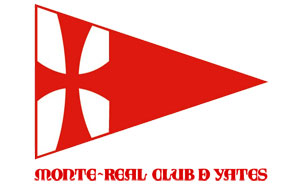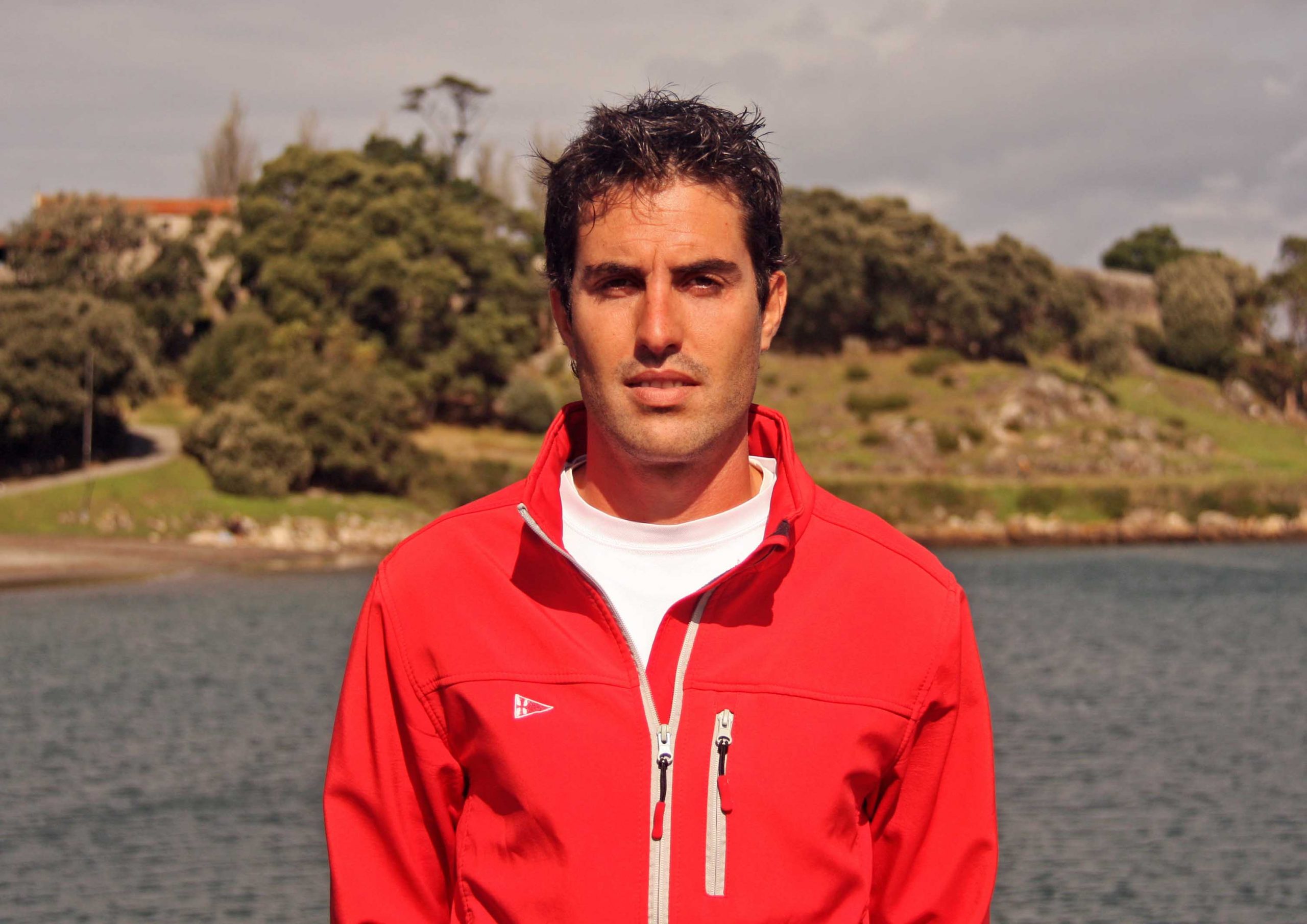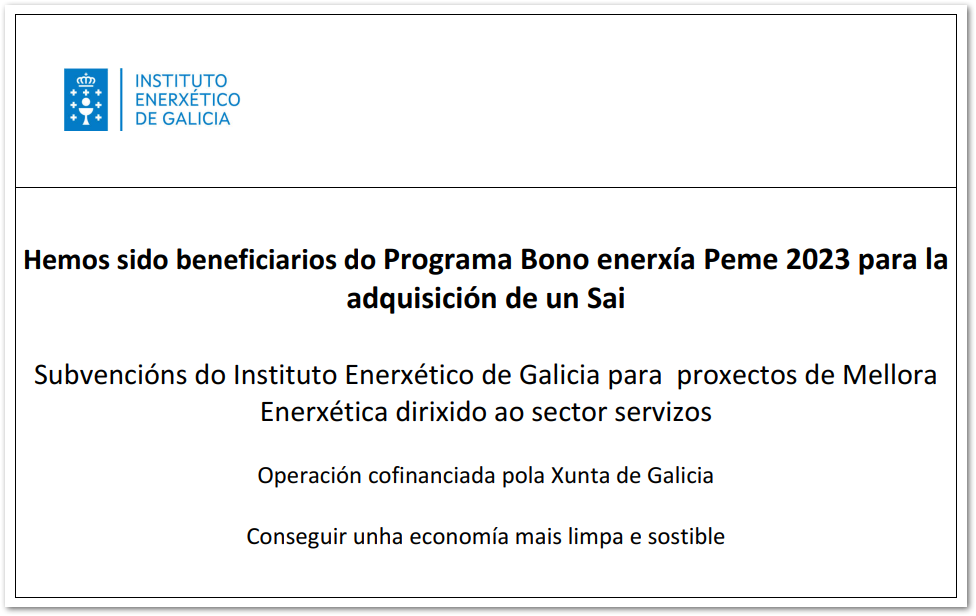INTERVIEW WITH CARLOS HERNÁNDEZ DOUBLE CLASS COACH
Who does not advance, goes back. The proverb says so, and so do the coaches of the Monte Real Yacht Club Sailing School to encourage their students to continue taking steps in the world of sailing.
The evolution through the different nautical classes is something highly recommended for the learning of all boys and girls, and the Baionese club has offered them that possibility for years. Once you get past the Optimist class phase, you can jump into double classes, and train at Cadet or 420.
This is where the figure of Carlos Hernández comes into play, one of the most experienced instructors at Monte Real. Level 2 Technician by the Galician Sailing Federation, he has been working at the Monte Real Sailing School for almost a decade, where he is considered an off-road coach.
You are currently responsible for the training of the double classes of Monte Real, in which the boys and girls who have been sailing alone for years, start sailing with a partner. How do you experience that change?
The change from sailing alone to sailing with a partner is usually faced with great enthusiasm and enthusiasm, although it is a very important change on a personal and sporting level.
Sailing with a partner means spending many hours with him, in the sea and out of it. This helps them open up to others and overcome shyness. It also encourages the need to collaborate over individualism. It makes them recognize, accept and respect that there is someone who knows more than him, helps them to share triumphs and defeats and enjoy the intrinsic feelings of being part of a team, such as the need to help each other to achieve a common goal.
At Monte Real you offer the possibility of training in cadet or 420. Tell us, what are the differences when browsing and what do the boys prefer?
The differences are considerable since the 420 is a much more complex boat, both technically and physically. We could say that the cadet is a boat for initiation to double classes and the 420 for improvement. This one has more rounded and flat shapes that ensure good glides and high performance with downwinds, and the fact that it has a trapeze makes it a bit more complicated than the cadet.
We, at Monte Real, are using the cadet as an intermediate step between the Optimist and the 420, which allows us that children who finish their stage in Optimist can navigate this boat for the time necessary to acquire the skills and experience necessary to make the move to 420. Although some children would like to take the step from the Optimist to the 420, skipping the cadet, we are working so that they understand that this intermediate step is something that benefits them.
For many years, the cadet class was somewhat abandoned in Galicia, but in recent years it seems that it is beginning to come back strongly, what do you think is the reason for this increase in interest?
Mainly because it is still a very good class for children who leave the Optimist and want to move to double classes. It is a boat in which to learn to manage three sails, and above all to sail with a partner and work as a team. Luckily, most clubs in Galicia have a good number of boats, which allows children to have your available these boats with almost no additional cost.
At the national level at the moment we do not have competitions since there are very few communities that sail in these boats. But here in Galicia, thanks to Monte Real and other clubs that continue betting on this class, we have a good number of regattas so that children can train and gain experience.
What is clear, as you say, is that the cadet class is perfect for young people to start sailing as a team, as a crew, and prepare for the higher classes. What percentage of students are encouraged to make the leap to larger boats?
The percentage is quite high, since when a child has finished his stage in cadet, he usually spends several years sailing in this and other classes, so the passion for this sport has already captivated him. Most end up competing, either at the regional, national or international. In Spain, unfortunately, the world of sailing, especially in children, still has a long way to go, to ensure that there are more competitions at these levels.
At Monte Real, we always encourage our sailors to continue advancing, since we consider that sport in general, and sailing in particular, is a very good complement for them, for their lives and their personal evolution.
Most of the students you teach and train in the club are boys and girls, very young, but you are also beginning to teach dinghy sailing courses for adults. Tell us about this project.
It is a project that we have started this year and that we believe will bring us much joy, since adults who wanted to start, continue learning or simply enjoy sailing were almost condemned to sail on large ships (cruises). That is why we have offered the possibility of doing it also on light sailing boats, in which the sensations are very different from a cruise. Monte Real has made 3 classes of light sailing boats available to adults: individual (Laser), double (Filibustero), and collective (Omega), to cover various possibilities.
This proposal has also been designed for all those fathers and mothers who bring their children sailing every weekend, so they can enjoy the sea and practice the same sport as their children, something that we believe improves the parent-child relationship. We’ve only been here a month and the interest is growing. We already have a good number of adults who have signed up and who are very satisfied with the decision.
It is an interview with Rosana Calvo
If you have any questions for Carlos, you can write to us at prensa@mrcyb.com and we will send it to him




